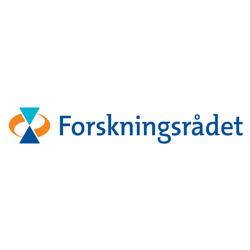Geometry and Analysis of Complex Shapes and Applications to Mathematical Physics
A project led by prof. Alexander Vasiliev has recently won a grant of the Research Council of Norway
Hovedinnhold
NFR FRINATEK # 213440/BG (2012-2015)
Project leader - Alexander Vasiliev
An important feature of the development in natural sciences during last decades is the increasing degree of cross-fertilization between mathematics and physics with great benefits to both subjects. Complex analysis and geometry recently became most relevant parts of mathematics for the study of classical and quantum field theories. An elegant description of 2D conformally invariant statistical physical systems in terms of stochastic (Schramm) Loewner contour evolution implied revolutionary progress in this direction at the beginning of XXI century. The project will focus on a progress beyond the state of arts in the study of classical and stochastic 2D non-equilibrium dynamics of complex shapes in relation with integrable systems, geometric control, non-holonomic geometry and classical complex analysis, on a mathematical description of mechanisms, which govern the deterministic and stochastic evolution of shapes, on a computer friendly description and contouring of complex shapes using the minimal resources, on comparison and distinguishing of shapes and finding geodesic motion between them in the space of shapes. Deterministic and random complex shapes will be encoded using circle diffeomorphisms and the Virasoro-Bott group (‘fingerprints’). The evolution in the space of shapes will be studied. Two sample contour evolution models are the Laplacian growth, Loewner and Loewner-Kufarev evolution and their generalizations. The ground idea of the project is that these evolutions are projections of a general evolution in the universal Sato’s Grassmannian to corresponding phase spaces. This will lead to relations to classical KdV type integrable hierarchies, to investigation of infinite dimensional constrained systems and to analysis on Lie-Fréchet groups, which proved to have an important role in classical/quantum mechanics and classical/quantum field theories. Geometric control will be developed on infinite dimensional groups. These relations will have far-reaching effect on the progress both in integrable systems and in classical complex analysis, geometry and control. Applications to the field of vision and pattern recognition will follow. More generally, topics of study are motivated by nonlinear physics and will include areas such as integrable systems, optimal control, Virasoro and Krichever-Novikov algebras, Loewner equations, and sub-Riemannian/Lorentzian geometric analysis. In other words, we shall work on a theory of constrained motion in difficult, mostly infinite dimensional, spaces.
